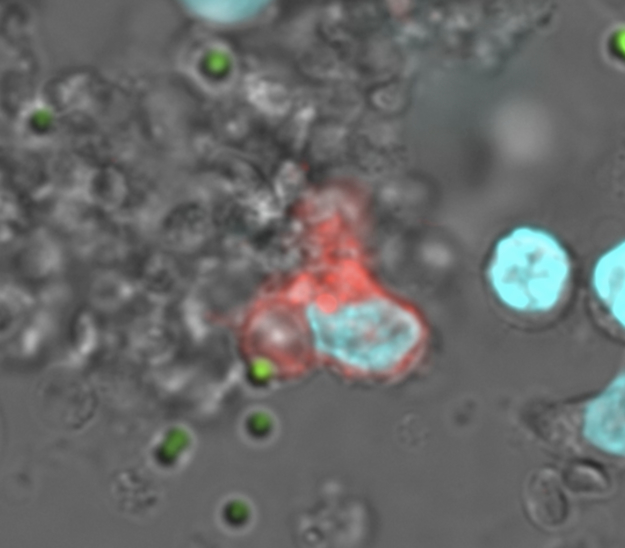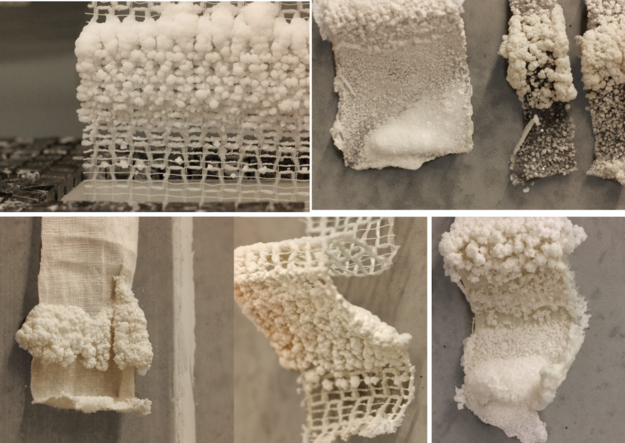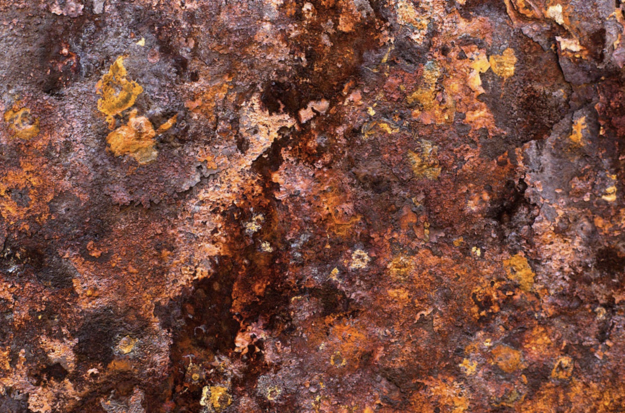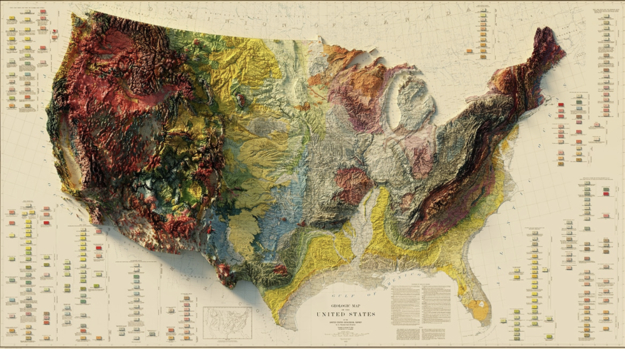What are scientists currently researching:
● Has human blood been contaminated with PET and Teflon plastics? If so, what repercussions does this have for the immune system? (Dr. Heather Leslie – VU)
● To what extent do immune cells engulf microplastics, where in the cells do the microplastics end-up and what effects do they have? (Dr. Nick Beijer – RIVM)
● Does the immune system become weakened by microplastics so that it is less able to get rid of other intruders? (Prof. dr. Nienke Vrisekoop – UMC Utrecht)
● Can pathogens that are present on microplastics make us sick? (Dr. Bas van der Zaan – Deltares)
What do we already know?
Based on previous researches I undertook last year, we already know that we inhale, consume and absorb microplastic through food, air and water.
We know that it is present in our gut and makes its way in our bloodstream where macrophages attempt to ‘eat’ it.
But how far does it travel? And how much of it is left behind?
Macrophage ‘eating’ microplastic (green dots).
Moving towards nature, we also know that there are bacterias in the sea able to break down microplastic (the new species, Ideonella sakaiensis, breaks down the plastic by using two enzymes to hydrolyze PET and a primary reaction intermediate, eventually yielding basic building blocks for growth.), that caddisfly is using microplastic as building material to create shelters for themselves or that oyster are filtering water and sucking in microplastic.
Reflecting on these findings, I translated them into three key questions that will lead the development of the project:
How are we going to evolve by keep feeding with microplastic? How do we visualise the level of toxicity in our body?
How do we make these data tangible and understandable?
The scope is to research and visualise through materials and shapes how the microplastic travels in the human body and how its toxicity impacts it.
I would like to treat the human body as a landscape with its own ecosystem and recreate an abstract raised-relievef map of it: a tridimensional materialisation of the presence of microplastic in the human scape to facilitate the visual and tactile recognition of this un/wanted guest.
Viewing microplastic as a new species entering/migrating into our body (through air, water and food) and being able to wonder where does it go? How does it behave? Does it integrate in the landscape? Does it deteriorate it? Does it cause erosions? How toxic is this material?
What is needed for the project to take place?
I would need to be able to consult with a toxicologist or microplastic pollution researcher in order to execute and base the work on findings related with the current scientific discoveries. I am aware that a lot has been already investigated, especially in relation to macrophages behaviour and the gut’s response to the microplastic intake.
But lots is unknown about the level of toxicity and on how microplastic remains or moves around the human body.
These unknown points is what I would like to base my work on, in a speculative yet as accurate as possible way, in order to help the scientific community raise awareness on the importance of scientific research!
The wish is to bring attention to our daily behaviours with plastic and its impact on our bodies, create a link between design and science on a topic that involves everybody, raise awareness on a problematic that has so far mainly been discussed from the environmental point of view.
Further I would need a period of 2/3 months to experiment and create the final execution of the project which could be entirely done at Mediamatic, if possible.
The work: execution
What I envision so far is an horizontal raised-relief map as an abstract representation of the human body in which through materials and texturised shapes its possible to visualise the paths and traces microplastic leaves behind: with erosions to talk about toxicity, with micro-building to speculate on possible ways the human body could integrate plastics in a more ‘positive’ way, with sedimentary formations to speculate on how microplastics accumulate and deposits or metamorphic formation once it alters our human state.
Of course, these are all speculations based on previous researches and more accurate and final decisions can be made after a more accurate research. I wish it gives the idea of how I envision using geology and geography as an inspiration to create this work.
Materials used (first thoughts):
● textile and clay
● crystals
● copper and (other metals: iron, steel..) oxidised
Size 1x2 meters
Extra step: (if ever possible)
Regarding this project, if technology and situations would allow, in order to recreate a more accurate way the relief map I would like to make use of 3D scanning technology to recreate the interactions between microplastic and the ‘human scape’.
While, in the future, it would be interesting to expand the project into researching further the role of bacterias and enzymes in the human gut. As we know that macrophages can ‘absorb’ microplastic but we don’t know if and how they can break it down the same way sea bacteria’s Ideonella sakaiensis is doing in the sea. Understand therefore how design and biomimicry could help speculate in a positive way how humans could have an active role in the plastic deterioration procedure.
It’s important
“No country can effectively protect its citizens from those impacts on its own, and no global instrument exists today to fully address the toxic life cycle of plastics.“ David Azoulay, Director of Environmental Health, CIEL.
“The health risks of the plastic pollution crisis have been ignored for far too long, and must be at the forefront of all decisions on plastics moving forward. It’s not just our oceans and marine animals that are suffering from this addiction to plastics, it’s all of us. “ Graham Forbes, Greenpeace Global Plastics Project Leader.
Why Mediamatic?
I view this project as an expedition in the unknown human territory in which art and science are organically linked.
Mediamatic has the facilities, knowledge, connections to be able to host such a project that touches upon microorganisms, human’s role, materials, healthcare and could help me translate it into a tangible art piece. Of course, I would also
really value the input and involvement of Mediamatic’s minds during the process thinking of the project and analysis of research findings.
Further, MM has been placing the human in a central position from a healthcare, sensorial and research perspective in the last years. This attitude I believe fits this topic that I am researching since 2019, which I believe deserves more attention: the implication plastics have for humans, which often are shadowed by the nature’s ones (our ocean ecosystem)
Costs
So far I can imagine the project would carry material costs which I could (again) imagine being around 2000 euro (depending on the size of the final work) and I would need a space for the execution of the work.
Inspiration images
This proposal is part of the 'Penny for your Thoughts' project 2021.



